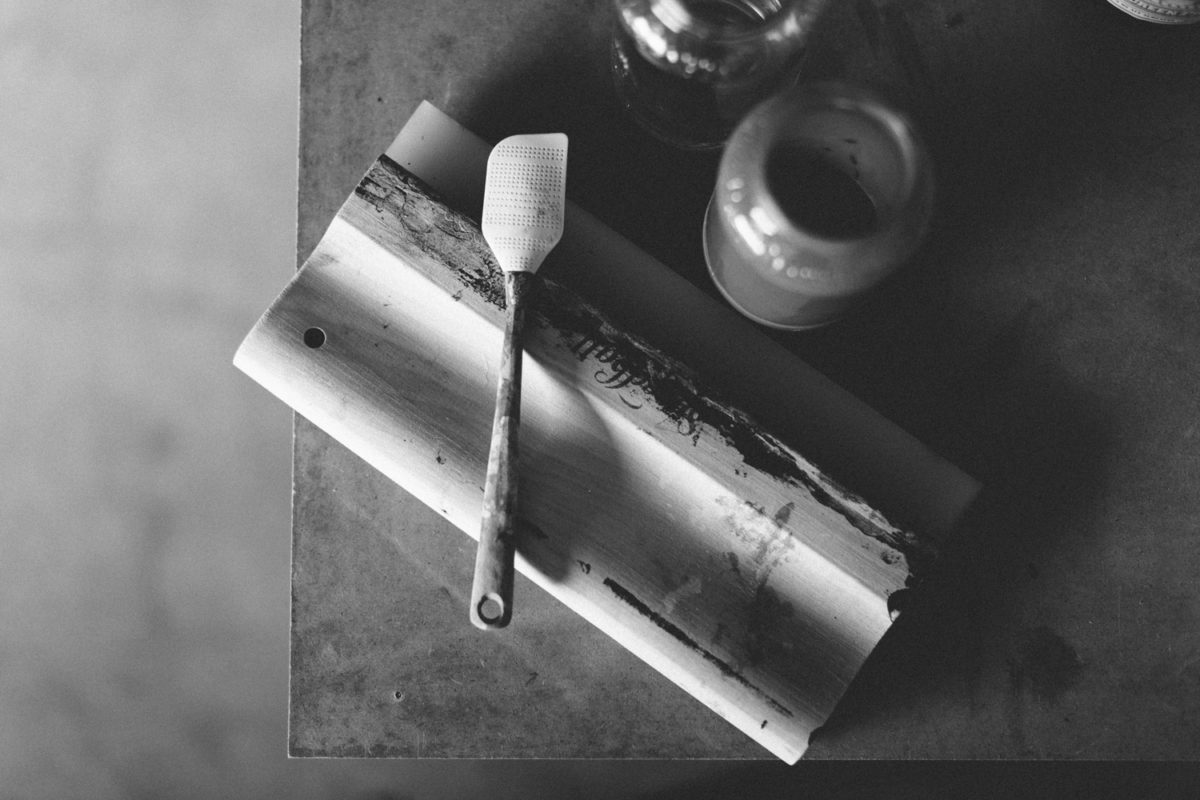The Art of Screen printing
Printmaking GalleryScreen printing (sometimes called silk screening or serigraphy), is a great printmaking technique which is especially useful for printing onto various substrates such as cloth, wood metal glass and paper. Most people view screen printing as the medium for T-shirts and other clothing items. However, the art form goes way beyond commercial uses as it is a wonderful tool for artistic expression. Because of its versatility, many artists have used the medium in ways that have created magnificent works of art.
The screen printing process is fairly simple for one color images or text. It gets more complex as you use more colors and different types of surfaces. It is not uncommon for some screen print artists to use over 100 colors in their compositions. All hand-pulled!
A simplistic process for printing on a paper substrate is as follows:
- A screen is made of a piece of mesh stretched over a frame. The mesh can be made of a synthetic polymer such as nylon. For the mesh to be effective, it must be mounted on a frame under a lot of tension similar to a bongo drum. The frame which holds the mesh is made of diverse materials such as plastic, wood or aluminum, depending on the artisan procedure.
- A stencil of the image needs to be created by blocking off parts of the screen. These are the open spaces where the ink will go through the screen and appear on the paper. This is done in several ways, but for the sake of simplicity, a film positive needs to be created of the image. This is usually by running the film out of an inkjet printer that can produce rich black printouts on transparent paper or film. There are other ways and techniques that can be done in this step including drawing on the transparency itself.
- Now, the frame and screen must undergo the pre-press process. A photo emulsion is applied across the mesh. Once this emulsion has dried, it is exposed to ultraviolet light through the transparency film printed with the image. This hardens the emulsion in the exposed areas but leaves the unexposed (image) parts soft. The part of the screen that the image rested on is then washed away using a water spray, leaving behind a clean area in the mesh with the identical shape as the desired image in the negative, which will allow passage of ink.
- Once the screen is dry, it is ready to be used to print. The screen is lowered onto the paper substrate. Ink is placed on top of the screen, and a squeegee is used to push the ink through the holes in the mesh.
This can be a labor-intensive endeavor depending on the work. These prints are usually hand-pulled. This means that each color is applied by hand on a single print. If the print has multiple colors, sheet size and the print run is over 50 or so, you can visualize the amount of physical labor it can take. It is literally a labor of love if you ask an artist why they enjoy printmaking.
Obviously, this is a simplistic way of producing images on paper, and I would encourage anyone to review the many techniques and processes of screen printing that are available online in videos and text.

